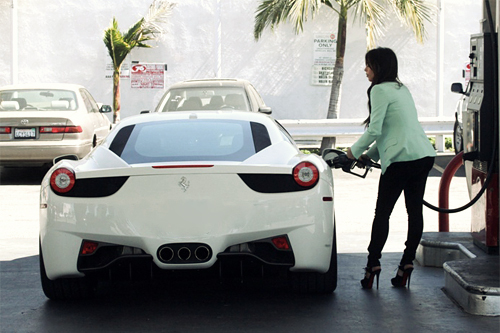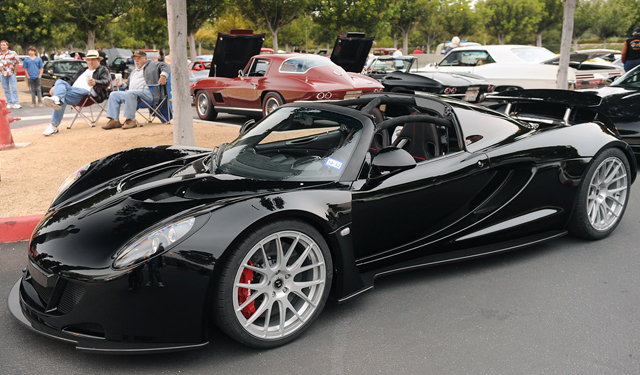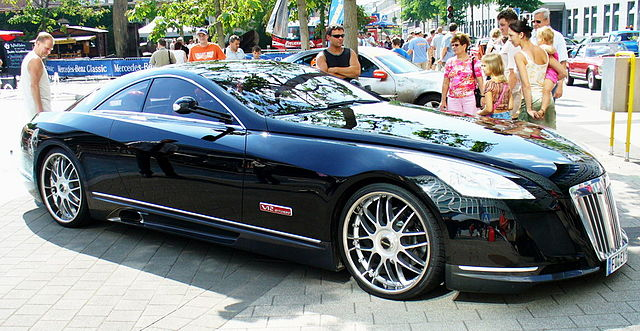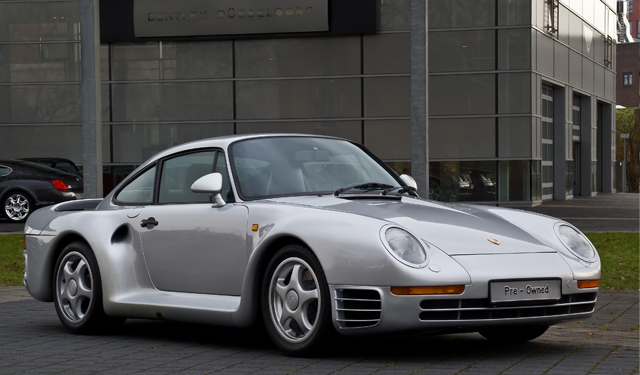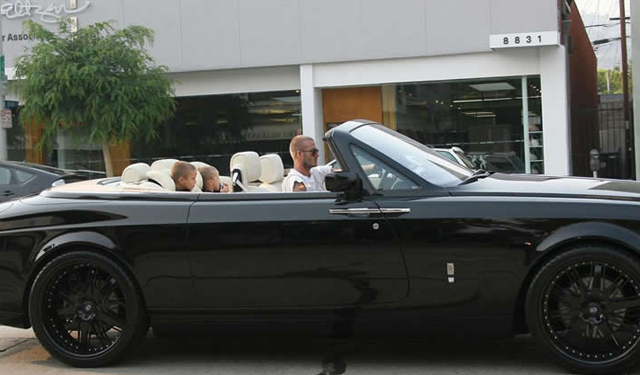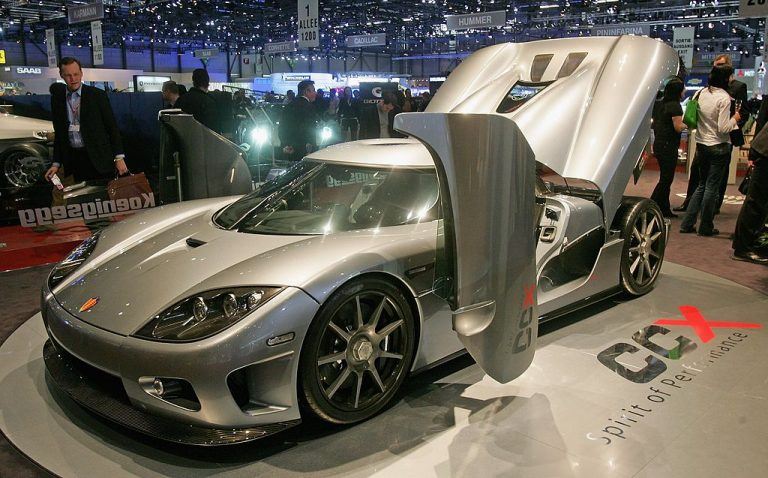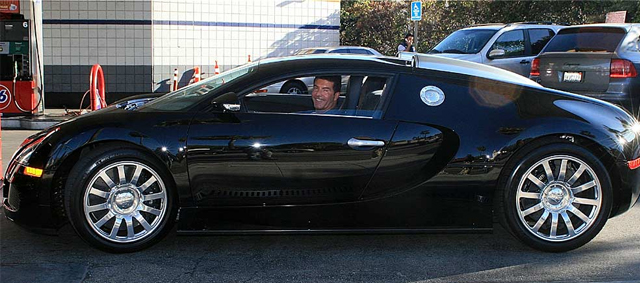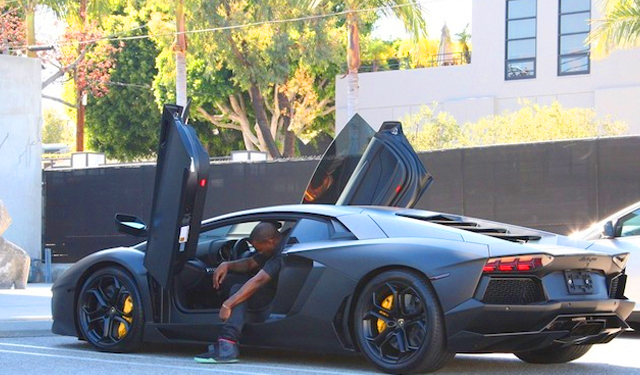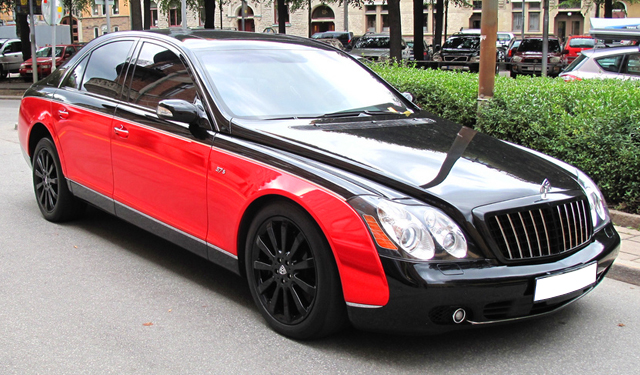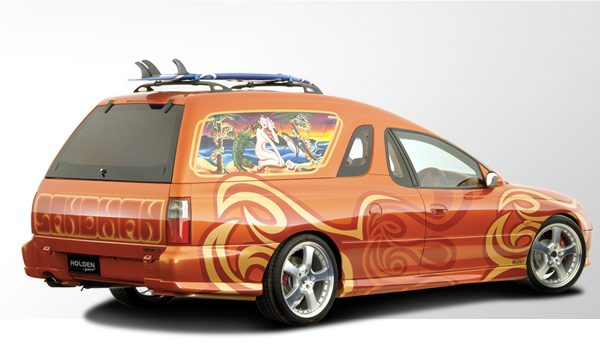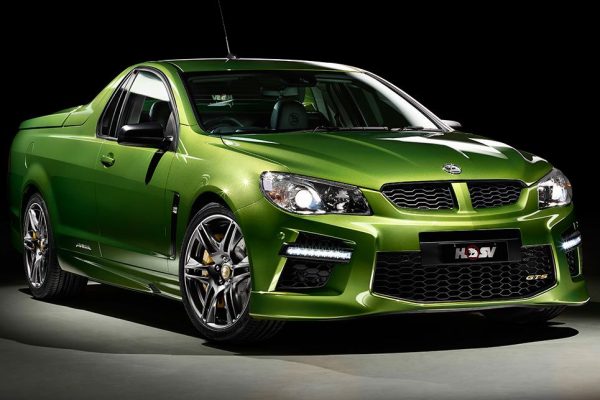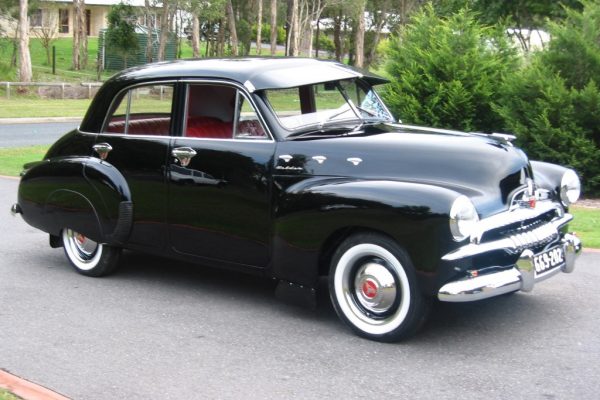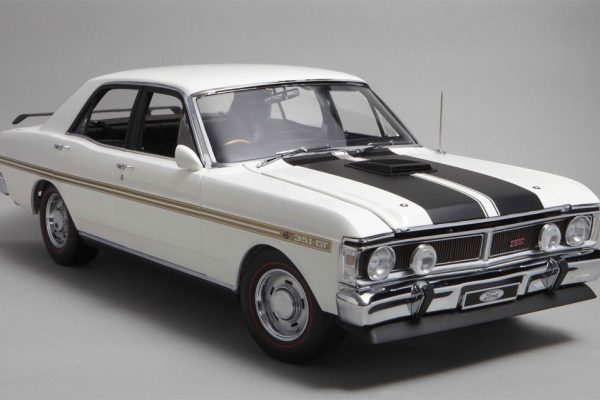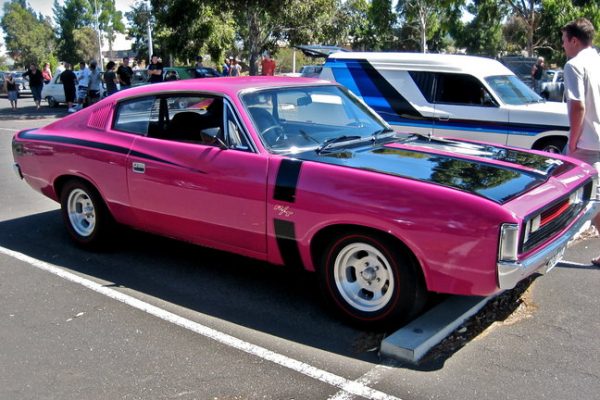Holden fans rejoice – Holden’s rich collection of historic and concept cars is not going anywhere!
You’ve probably heard that Australia’s beloved homegrown car marque Holden is closing down its domestic assembly lines in 2017, leaving many worried that Australia’s heritage of car manufacturing would fade away.
But today Holden design director, Richard Ferlazzo, announced that all of its concept cars will remain in Australia and be proudly displayed at car club shows across the country over the next few years.
“At Holden we will keep them all, right back to the very first one. They’re all in pristine condition and we will absolutely keep them forever, they’re part of our heritage.”, said Ferlazzo.
When not on tour, the cars will be available for public viewing at Holden’s headquarters in Port Melbourne.
This announcement comes on the 10th anniversary of the space-aged, almost cartoonish Holden Efijy – Holden’s most popular concept car of all time
So to celebrate the good news, and to congratulate the Efijy on its 10th birthday, here is a selection of the coolest, wackiest and fantastical Holden’s ever produced.
2005 Holden Efijy

Looking like something Batman’s nemesis the Joker would drive to brunch with the Suicide Squad, the Efijy is one of the most fantastical looking concept cars. Even with the angry ‘open-maw’ radiator grill, the Efijy manages to surf the sublime line between awesome and ridiculous.
The Efijy was created to celebrate the 50th anniversary of another Holden favourite, the iconic FJ Holden. It was a product of love, with Holden designers spending years working after-hours to make what was voted the 2007 Concept Car of the Year. All of the work done on the car was done entirely voluntarily.
Holden received many multi-million dollar offers from ‘athletes on the other side of the world, Arab sheiks, and celebrities,” but couldn’t bare to part with its baby. The car was never meant for the open road – more of an art installation than an automobile.
Which seems a shame considering the Efijy is armed with a supercharged 6.0-litre V8 engine pumping out over 644bhp.
Let’s have one last admiring look at the Efijy…

1969 Holden Hurricane

The fact that such a beautiful car never made it into production is a spectacular tragedy. This car looks like it could outrun a hurricane without breaking a sweat, and is so aerodynamic it could cut through gale force winds like a hot bowie knife through melted margarine.
The Hurricane was Holden’s first ever concept car, produced 46 years ago, once again by Holden designers and engineers in their spare time. This stunning rear-wheel drive sports car was powered by a 4.2-litre V8 that could produce over 218bhp. That may pale into insignificance next to today’s Bugatti Veyrons, but for the 60s that much power was almost unheard of.
The Hurricane was not made for power, however. It was a hive of cutting-edge technology, and one of the most advanced vehicles of its time.
Before you’d even put the keys in the engine, just the way you have to get into the Hurricane is straight out of a science fiction film.

How cool is that!
Other futuristic components of the Hurricane for the time were digital instrument displays, a station-seeking radio, automatic temperature-control air conditioning called ‘Comfortron’, sparkly metallic paint, a rear-view camera and an early form of the Satnav. Many of these features are only just now becoming standards of modern cars!
Although it looks like the kind of car that could catch fire at any moment just to ramp up the drama, the Hurricane was packed full of state-of-the-art safety features like an integrated rollover bar, interior padding and a fire warning system.
Only one Hurricane was ever built, and it spent most of its post-Holden life sitting sadly in a trade school where apprentices used it to practice their welding. Luckily, it was rescued in 2006 by an enthusiast and lovingly restored into its original condition.
1970 Holden Torana GTR-X

This slick, simple child of the 70s was inspired by the most iconic sports cars of the day, from the Ferrari 309 GT4 to the Lotus Esprit. Based on the classic Holden Torana LC series, the GTR-X nearly made it to full production, but eventually the fun police came in and it was decided that the high production costs couldn’t be justified due to Australia’s small population at the time.
Despite never making it to the factory, Holden produced a host of promotional material and brochures for the GTR-X:
“Simplicity is the keynote. It is achieved by concealed headlights, sharp windshield rake, recessed parking and turning lights, and flush petrol filler access and door handles. Front and rear bumpers assume the contour of the body. To identify the car, the GTR-X identification is contained within a crisp black and orange stripe running parallel to the rocker panel”.
Made in the year after the Hurricane, the GTR-X was was toned down in terms of high-tech gadgetry, but not in style. They didn’t hold back the power either, with a top speed of 210 km/h.
Currently, only one complete prototype is in existence, which will be hosted at Holden’s concept car museum.
One other GTR-X is in the hands of an ex-Holden employee, although its current condition is unknown. The name and location of the owner is kept top secret to prevent any eager Holden enthusiasts trying to get their hands on it – legally or otherwise.
2000 Holden ECOmmodore

On the opposite side of the spectrum, we have Australia’s first ‘green’ car – the ECOmmodore. Based on the popular VT Commodore, the ECOmmodore was Holden’s first hybrid concept.
Powered by a 2.0-litre four-cylinder petrol engine combined with an electric motor running on lead-acid batteries backed up by super-capacitors, the ECOmmodore managed to half fuel consumption without compromising on performance.
A lot had changed since the days of the GTR-X and the Hurricane. People were no longer looking to develop faster, flashier sports cars, but instead develop green, ecologically-conscious cars for a new, savvier generation. The ECOmmodore could travel 800km on a 45-litre tank without stopping.
On top of the fuel-saving capabilities, the bodywork was streamlined and lightened to increase efficiency, emissions were lowered by 87% and other features like energy-conserving brakes and polycarbonate windows ensured the ECOmmodore squeezed the most out of every last drop of fuel.
Remember, 2000 was before the Tesla and the host of other innovations seen in hybrid technology. A main reason the ECOmmodore didn’t go into production is because the technology wasn’t available and affordable on a large enough scale at this point.
The ECOmmodore took centre stage at the Sydney Olympics, sitting right in the middle of the environmental display. It is now kept in the Powerhouse Museum in Sydney.
If this post has inspired you to buy your very own classic Holden, make sure you use our Car Finance Calculator to get the best finance rates on your new car.
